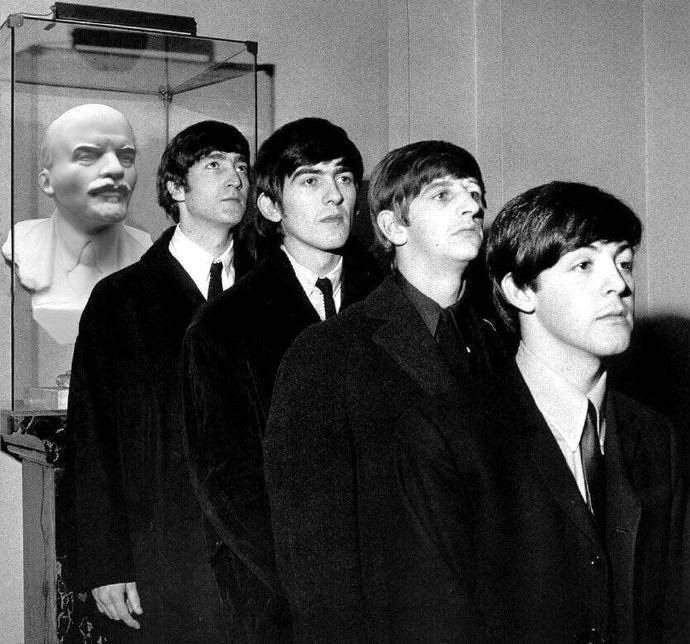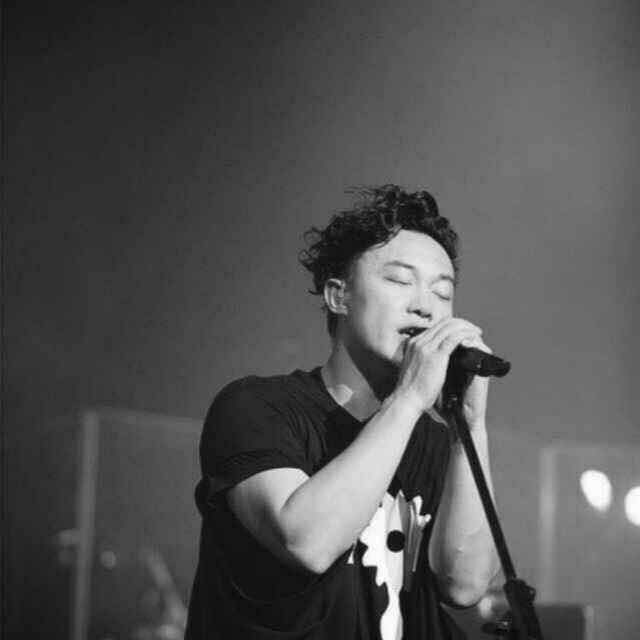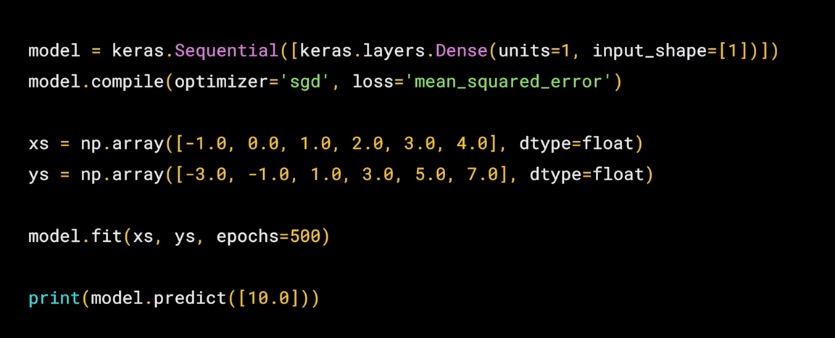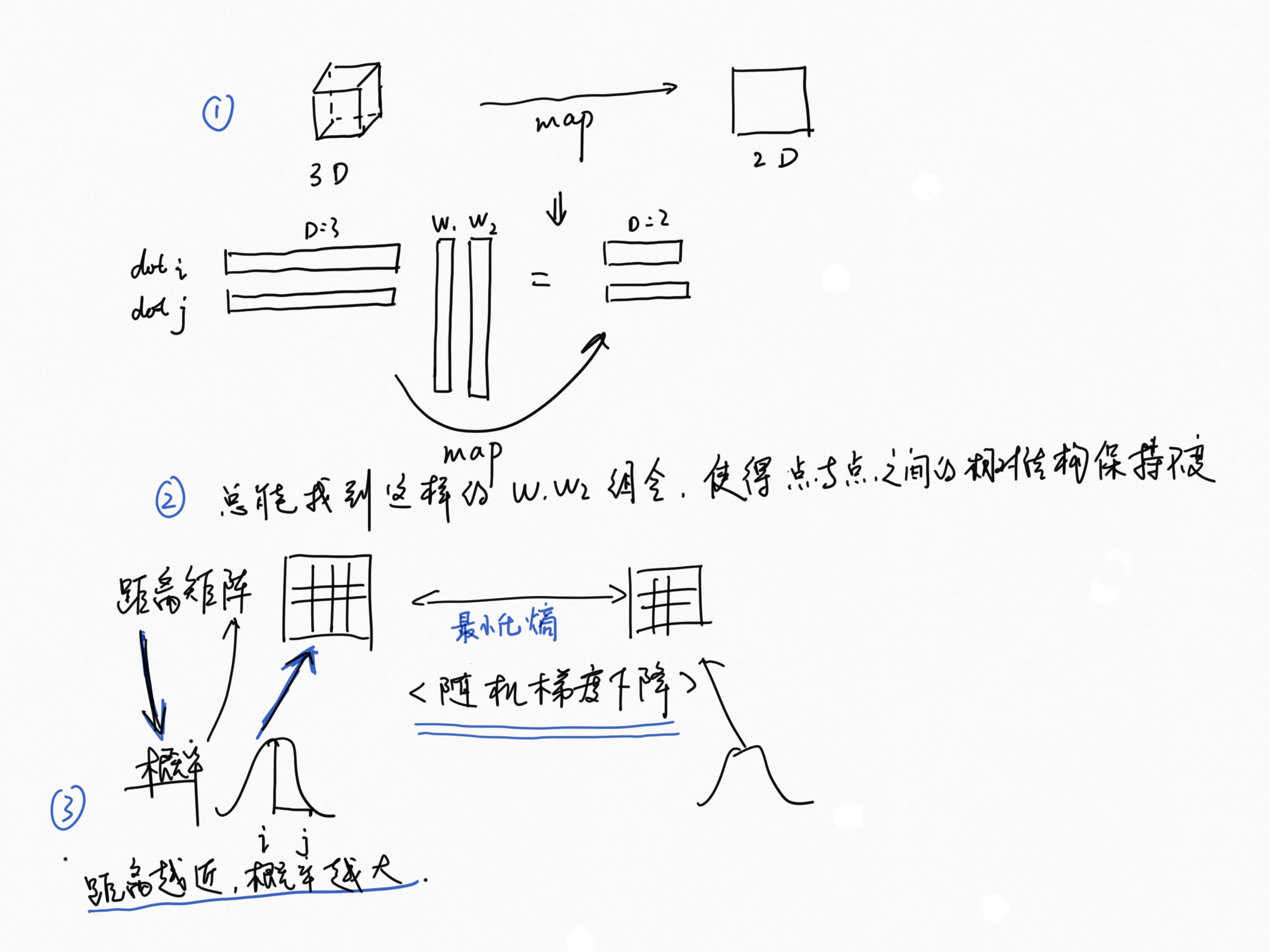Difference between multi-class classification & multi-label classification is that in multi-class problems the classes are mutually exclusive, whereas for multi-label problems each label represents a different classification task, but the tasks are somehow related.
multi-class classification makes the assumption that each sample is assigned to one and only one label: a fruit can be either an apple or a pear but not both at the same time.







